38 internal structures of a clam
Asian clam (Corbicula fluminea) - Species Profile - USGS It is known mostly as a biofouler of many electrical and nuclear power plants across the country. As water is drawn from rivers, streams, and reservoirs for cooling purposes so are Corbicula larvae. Once inside the plant, this mussel can clog condenser tubes, raw service water pipes, and firefighting equipment. 8 Types of Oscar Fish (with Pictures!) - AquariumStoreDepot Adult Size: 1 foot; Color Pattern: Orange/red marble on black/brown body; Unique Traits: Dorsal fin eyespot; The tiger oscar fish, also known as the marble cichlid or the velvet cichlid, is the original variation of Astronotus ocellatus.These fish are very common to find in aquarium stores and can be identified by their red and orange marble patterning on their dark body; they will also have a ...
Mollusca - Wikipedia The shell consists of three layers: the outer layer (the periostracum) made of organic matter, a middle layer made of columnar calcite, and an inner layer consisting of laminated calcite, often nacreous. [13] In some forms the shell contains openings.
Internal structures of a clam
Shell-Bearing Animals - Owlcation The shell is attached to the spine and rib cage, making it a permanent structure. Plates of keratin called scutes cover the surface. The shell has three major parts: the carapace, the plastron, and the bridge. The carapace is the upper half that covers the back—the part we usually see. The plastron is the bottom half that covers the underside. Activation Exercises - Sportsinjuryclinic.net Clam in extension. Performing the clam exercise with your knees moved further back places your hips into extension. This targets the muscles on the outside of the hip in a slightly different way. It is important to do these exercises on both sides. Start with the weaker side and do the same number of reps on the strong side. The beautiful, intricate world of seashells - BBC Science Focus Magazine Giant clams also have specialised cells called iridocytes that contain tiny reflectors that scatter and reflect light. Recent studies at the King Abdullah University of Science and Technology in Saudi Arabia revealed that a giant clam's iridocytes absorb harmful UV light and then re-emit it as a longer wavelength which the zooxanthellae can ...
Internal structures of a clam. Groin Pain: Causes and Treatment Options - Verywell Health The labrum of the hip joint is a layer of cartilage. This firm, flexible tissue wraps around the ball of the ball-and-socket hip joint. A hip labrum tear can cause pain in the groin or buttocks. The pain is usually sharp and can be felt during certain hip movements.Sometimes. people may also feel a catching and popping sensation in the hip. What Structures Do All Molluscs Have In Common? - QuestionAnswer.io The three most universal features defining modern molluscs are a mantle with a significant cavity used for breathing and excretion, the presence of a radula (except for bivalves), and the structure of the nervous system. Do mollusks have a digestive system? Clams (and all mollusks) have a complete digestive system. It consists of a mouth where food is ingested, a short connecting tube called the esophogus, a stomach which temporarily holds food, and an intestine where food digestion and ... Closed Circulatory System Facts, Advantages & Examples A closed circulatory system keeps blood within vessels, never allowing it to flow into the open spaces around internal organs. It includes at least one true heart that acts as a pump and a network ... 9 Curiosities About Clams - myanimals.com Formally, clams are bivalve mollusks that are characterized by being enclosed within two shells (valvae). This closing mechanism is actually a protection to avoid predators, but the morphology and coloration of their shells changes a lot depending on the species. Keep reading and discover some peculiar curiosities about clams.
Prokaryotic cells have different internal structures than eukaryotic ... This plant structure is responsible for producing leaves, transporting water and nutrients, and support the plant. Seeds Roots Stems Flowers Weegy: Xylem is the plant structure responsible for producing leaves, transporting water and nutrients, and supporting the plant. › node › 75Clam study: the shell, the internal anatomy and how they feed Procedure. Activity: looking at the outside of a clam. Activity: looking at the inside of a clam. Activity: filter feeding model to better understand how a clam eats. We see empty clam shells and maybe live clams on our local beaches. This lesson shows students what was or is inside every one of those shells: a living animal with body parts ... Frontiers | Temporal Dynamics in Energy Fluxes and Trophic Structure of ... 4.2 Analysis of Dynamics of Energy Flow Structure From Early to Late Period. The energy input in aquaculture pond ecosystems mainly comprises primary production and imported foods (Feng et al., 2015; Dong et al., 2017). Primary production and imported foods (blue clam A. laevis and shrimp feed) increased from early to late period in this ecosystem. Primary production accounted for 50.29%, 34.79%, and 39.71% of total energy input in the early, middle, and late periods, respectively. clamsahoy.com › all-about-clams › anatomyClam Anatomy - Clams Ahoy The common hardshell clam Mercenaria mercenaria, better known as a cherrystone, has a mouth, labial palps (antecedents of lips), a stomach, separate digestive gland, an intestine, nerve cord and an anus. The foot of a clam is a curved flesh protrusion from the perimeter of the anterior flesh.
Porifera - MESA Structure of Sponges : The body of a sponge consists of jelly-like material (mesohyl) made mainly of collagen and reinforced by a dense network of fibres also made of collagen.sandwiched between two thin layers of cells. Many also have a skeleton made up of spicules of calcium carbonate or silica. Squid Digestive System - female squid internal anatomy that squid on ... [Squid Digestive System] - 16 images - trematodes the digestive system in the nine phyla, lab squid dissection mr gary s science class shaq, squid dissection lab flickr photo sharing, squid dissection lab stem marin portfolio katie, Basal ganglia: Gross anatomy and function | Kenhub It is divided by a vertically placed sheet of white matter, the medial (internal) medullary lamina, into external (GPe) and internal (GPi) segments. The superior and medial aspects of the globus pallidus are in contact with the internal capsule. The capsule separates the caudate nucleus from the globus pallidus. Peritoneum and peritoneal cavity: Anatomy and function | Kenhub The peritoneum consists of two layers: Parietal peritoneum - an outer layer which adheres to the anterior and posterior abdominal walls. Visceral peritoneum - an inner layer which lines the abdominal organs. It's made when parietal peritoneum reflects from the abdominal wall to the viscera.
Lobster Animal Facts | Nephropidae - AZ Animals They hunt sea creatures including mussels, clams, shrimp and sand fleas. But, if a lobster can't find any of those animals, it will eat seaweed and other undersea plants. The larger of a lobster's claws is called its crusher claw. It is the larger of the two claws. It's used to crush the shells of clams, oysters and similar lobster prey.
Bivalves - Fossil Classification - Fossil Hunters Two phases comprise the shell - an organic matrix and a crystalline calcareous component, in the form of aragonite or calcite (CaCO3). Distinct shell structures have been identified that may be linked to the mode of life, for example burrowing bivalves possess a shell structure that is resistant to abrasion.
Trematodes - Encyclopedia of Arkansas The vas deferens leads to the genital pore, which usually has associated structures such as an internal seminal receptacle for sperm storage, a prostate gland that may add secretions to the sperm, and a cirrus pouch in some, the so-called male copulatory organ. ... (usually a snail or clam) with anterior penetration glands. Depending upon the ...
bbshellfish.org › clams › clams-anatomyClams Anatomy - Barnegat Bay Shellfish The functions of the mantle: Enclose and protect the internal organs. Removal of solids discarded by the labial palps. A thickened rim of muscular tissue at the mantle edge deposit new shell material at the shell edge.
This English Country Property Dates Back 1,000 Years—and Even Comes ... This once-in-a-generation property is like living in a museum. Dinton Hall, a Grade II-listed building 50 miles outside of London, recently hit the market for $15 million after a decade-long, $12 ...
Comprehensive improvement of strength and ductility in CLAM steel ... Fig. 2 shows the optical micrograph of CLAM steel before and after the twist extrusion and upsetting process. The profile of martensite can be clearly distinguished in Fig. 2a. The microstructure typically consists of martensite with a high density of hierarchically organized internal interfaces [24].
The scientific research on rhodolith beds: A review through ... A classification of the rhodolith shapes and structures was proposed by Basso et al. (1998), which includes three main morphological ... among which cods, scallops, clam, and pen shells (Foster et al., 2013; Hall-Spencer et al., 2003; Kamenos et al., 2004a ... Form and internal structure of recent algal nodules (Rhodolites) from Bermuda ...
irrec.ifas.ufl.edu › Anatomy_of_a_ClamAnatomy of a Clam - University of Florida This has a single, "limpet-like" shell on top, which is made of proteins and chitin reinforced with calcium carbonate, and is secreted by a mantle that covers the whole upper surface. The underside of the animal consists of a single muscular "foot".
Tender Notice of Pabna, Bangladesh - All Tender Repair and Maintenance of Existing Building, Footpath, Drain, Boundary wall and others ancillary Structures. Refurbishment Work of Power Hub (Control Building Unit-1). Supply of moshur dal, soybean oil, polao rice, transportation, fuel chalk, labor, crushing wheat, sales of sack goods, supply of sugar (Lot-9). Supply of Mosur Dal (02 Lots).
PDF Biology Clam Dissection Answer Key Mollusca includes snails, clams, chitons, slugs, limpets, octopi, and squid. As mollusks develop from a fertilized egg to an adult, most pass through a larval stage called the trocophore. The...
PDF Osteichthyes Lab Answer Key When using a dichotomous key it is important to recognize all the structures and appendages that are present on an organism. Many of these structures are used for identification. Part A- Fish Morphology Most fishes are members of the class Osteichthyes, the bony fishes. ... 2020 by guest Lab Report Biology Junction Clam Dissection Starfish ...
How do I write a letter of permission for higher studies? - Writing news Fortunately, the structure of a formal email of request is very simple: You start the email or letter by explaining what you are writing about (the topic/subject) and what the email's purpose is (i.e. you want to ask them some questions or for something). Then in the next section, you ask them the questions or requests.
Arthropod - Wikipedia Arthropod exoskeletons are made of cuticle, a non-cellular material secreted by the epidermis. Their cuticles vary in the details of their structure, but generally consist of three main layers: the epicuticle, a thin outer waxy coat that moisture-proofs the other layers and gives them some protection; the exocuticle, which consists of chitin and chemically hardened proteins; and the ...
What type of body cavity do brachiopods have? - Vivu.tv The brachiopod body occupies only about one-third of the internal space inside the shell, nearest the hinge. The rest of the space is lined with the mantle lobes, extensions that enclose a water-filled space in which sits the lophophore. What are the external structures of phylum Brachiopoda?
Honeycomb structure with oxygen-poor pores found in oxide scale on ... More information: Lin Luo et al, Honeycomb structure with oxygen-poor pores at the top of magnetite layer on a martensitic steel CLAM exposed to lead-bismuth eutectic at 500 ºC, Corrosion Science ...
Kidney Of Bivalves - Paleobiology - Fossil Hunters there are seven basic features that are of use for classification at various levels within the bivalvia: gill structure (subclass and infrasubclass levels), dentition (all levels), ligament insertion (infrasubclass down to ordinal levels), adductor muscle scars (superfamily to orders), pallial line (family level and below), shell shape (all …
The beautiful, intricate world of seashells - BBC Science Focus Magazine Giant clams also have specialised cells called iridocytes that contain tiny reflectors that scatter and reflect light. Recent studies at the King Abdullah University of Science and Technology in Saudi Arabia revealed that a giant clam's iridocytes absorb harmful UV light and then re-emit it as a longer wavelength which the zooxanthellae can ...
Activation Exercises - Sportsinjuryclinic.net Clam in extension. Performing the clam exercise with your knees moved further back places your hips into extension. This targets the muscles on the outside of the hip in a slightly different way. It is important to do these exercises on both sides. Start with the weaker side and do the same number of reps on the strong side.
Shell-Bearing Animals - Owlcation The shell is attached to the spine and rib cage, making it a permanent structure. Plates of keratin called scutes cover the surface. The shell has three major parts: the carapace, the plastron, and the bridge. The carapace is the upper half that covers the back—the part we usually see. The plastron is the bottom half that covers the underside.

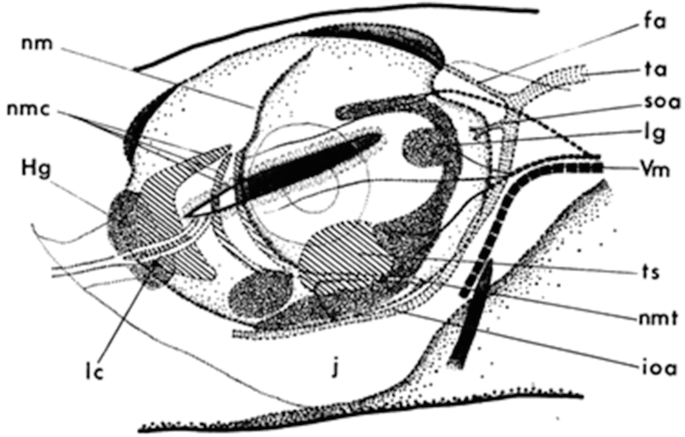
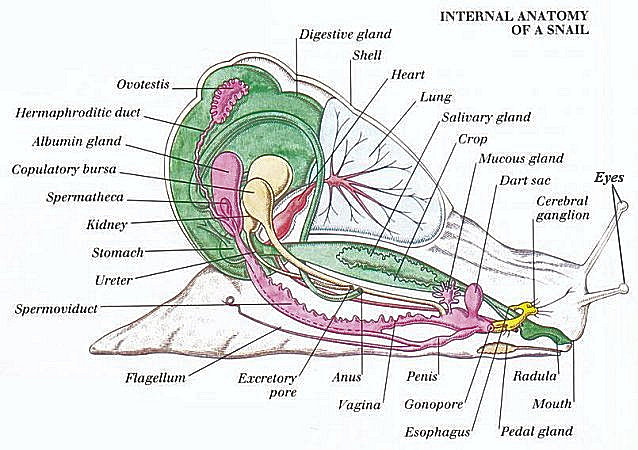






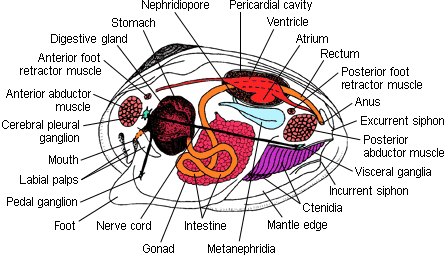
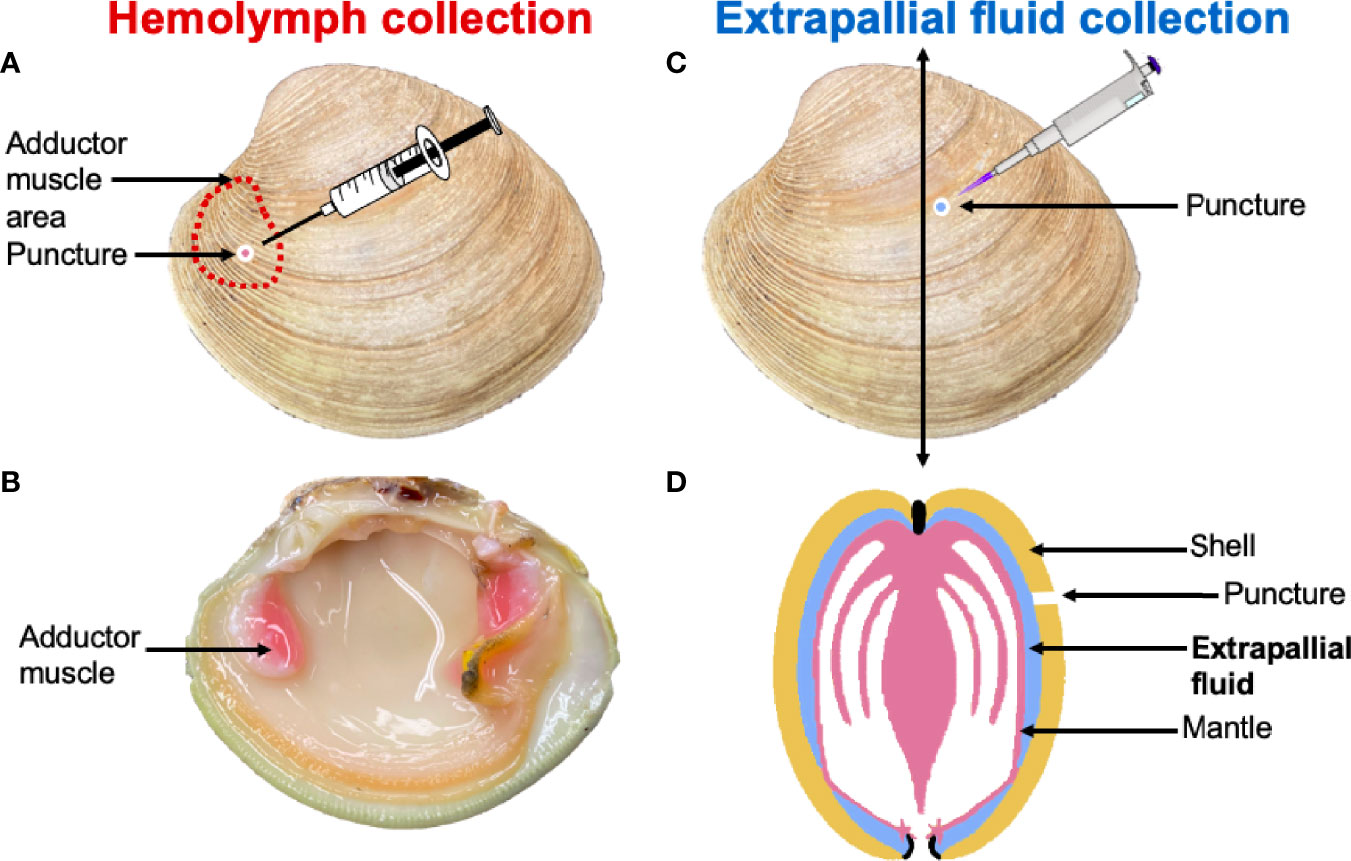


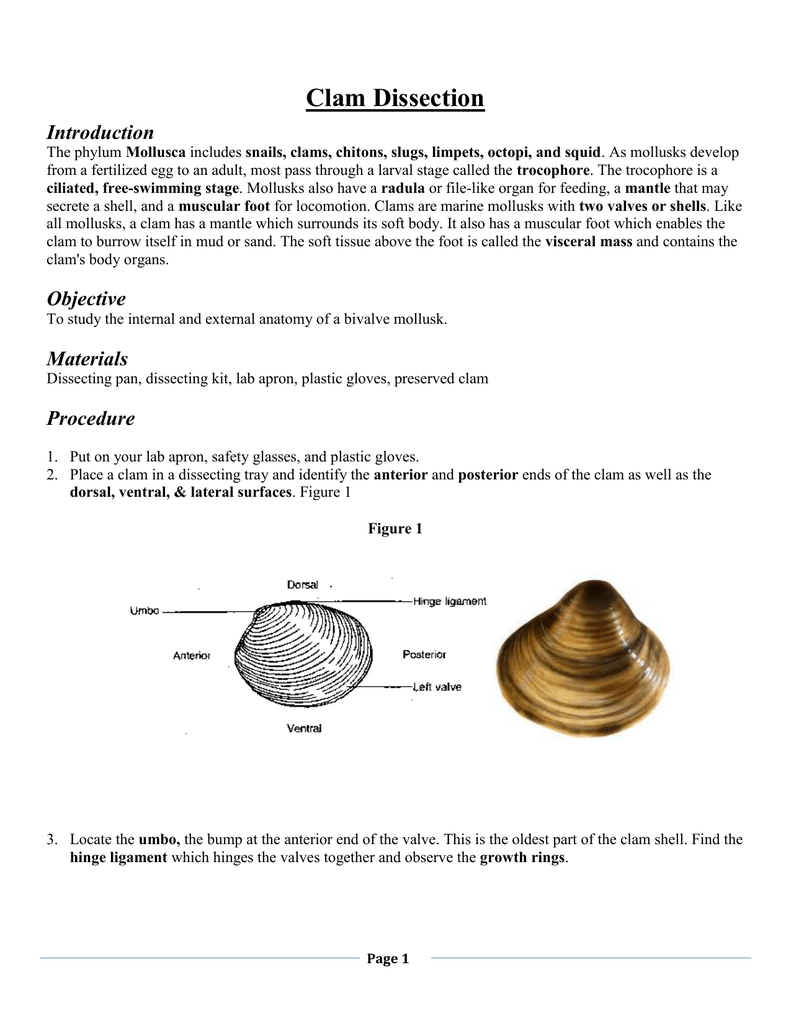


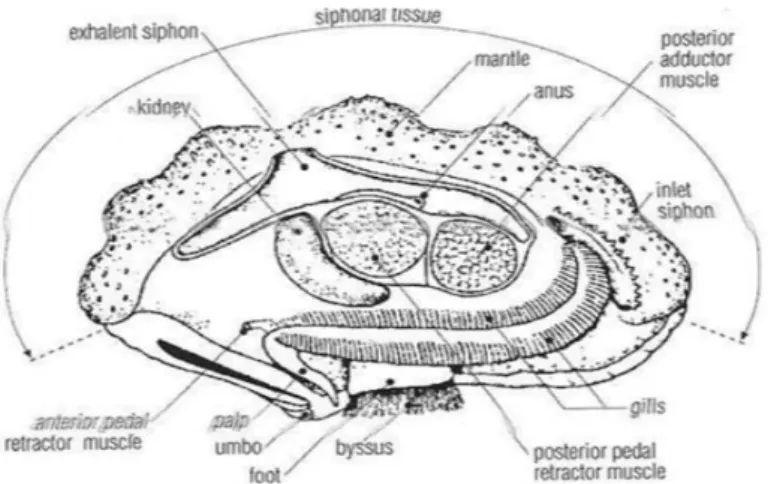


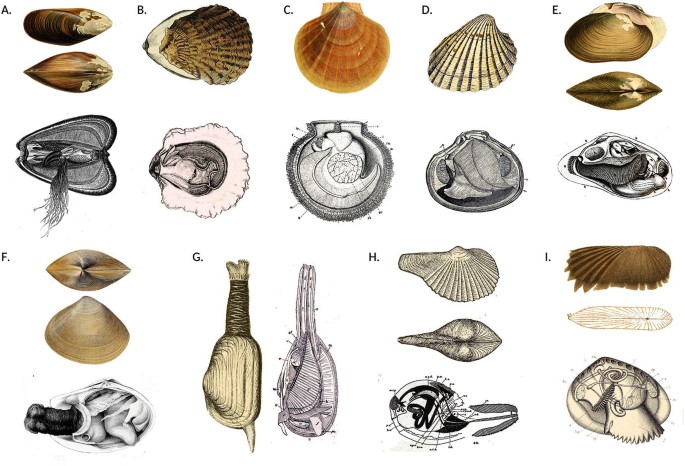
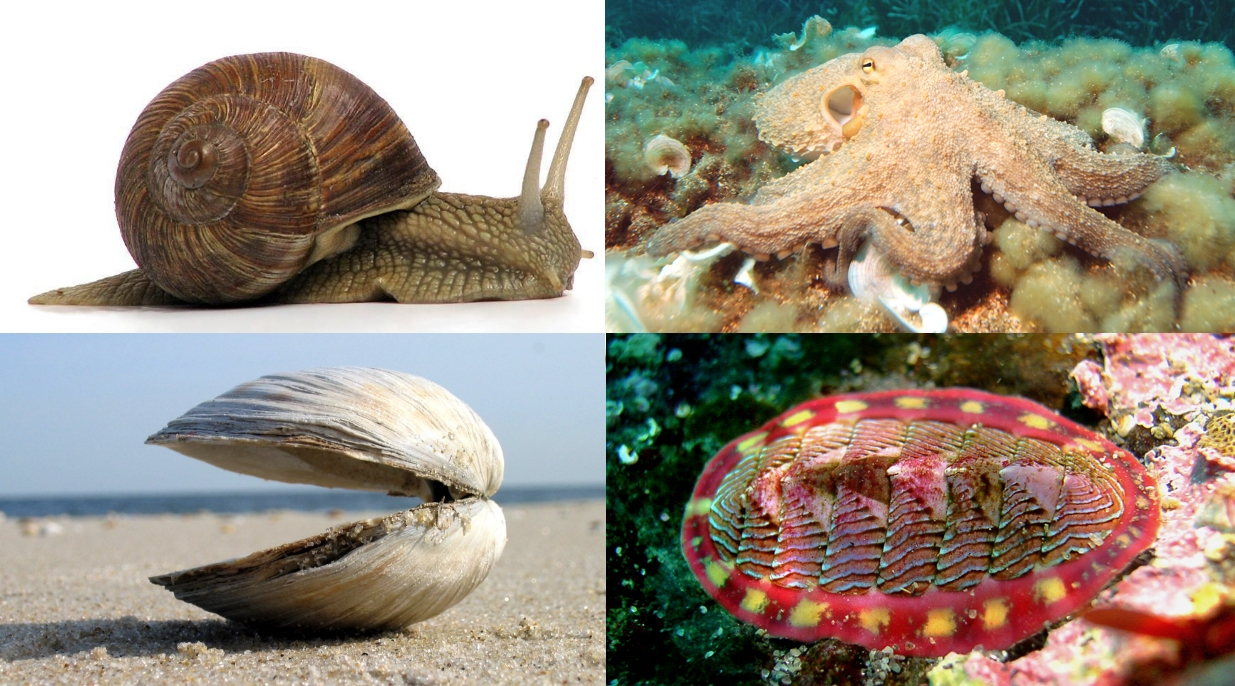



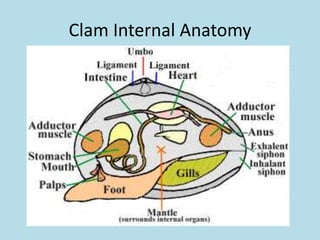





Post a Comment for "38 internal structures of a clam"